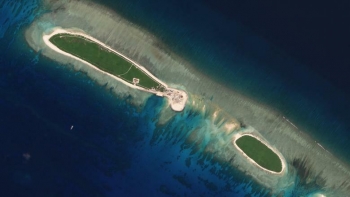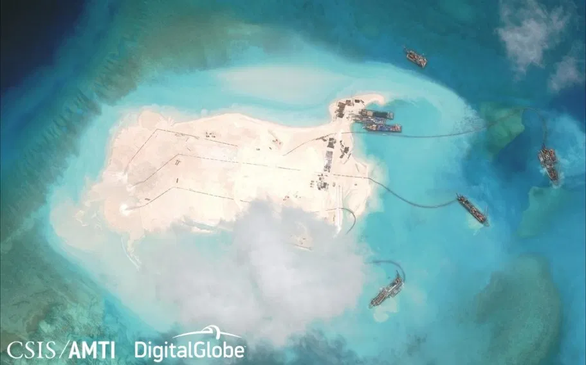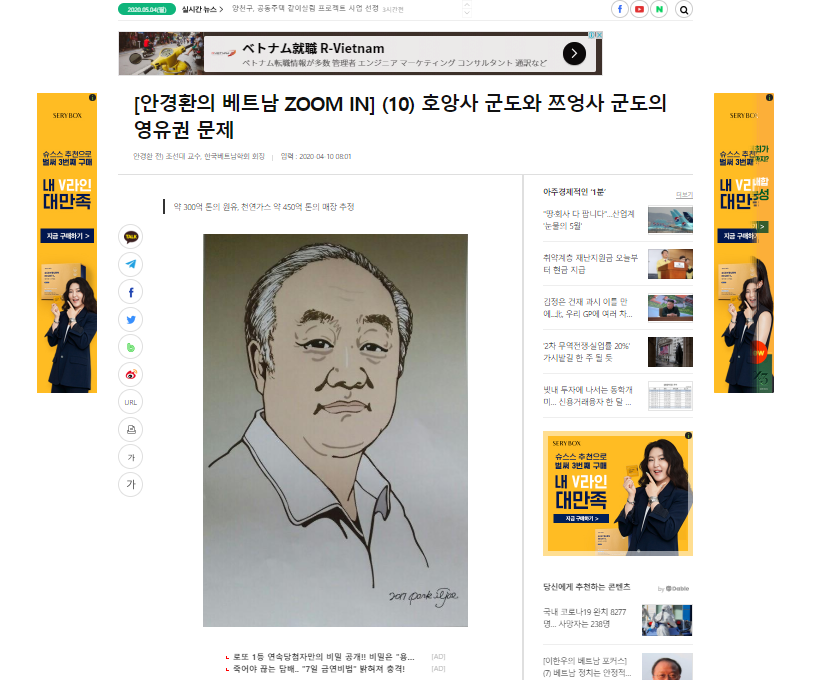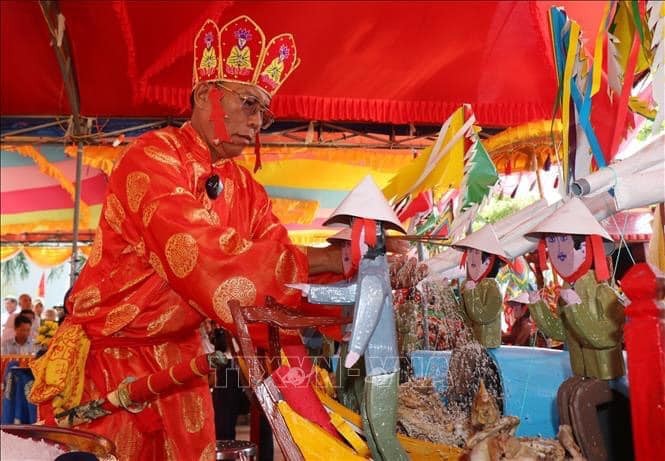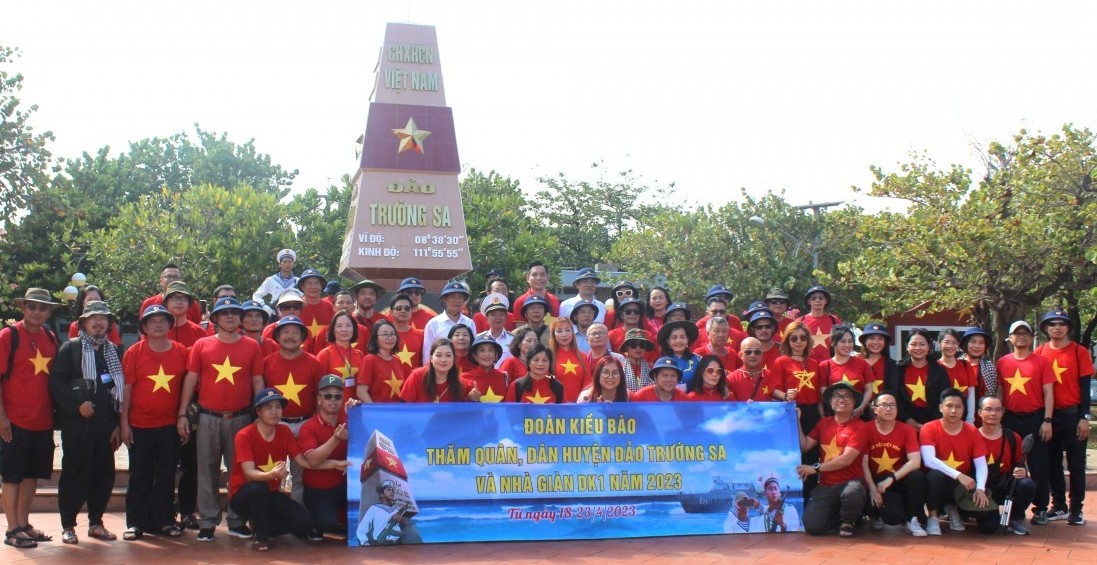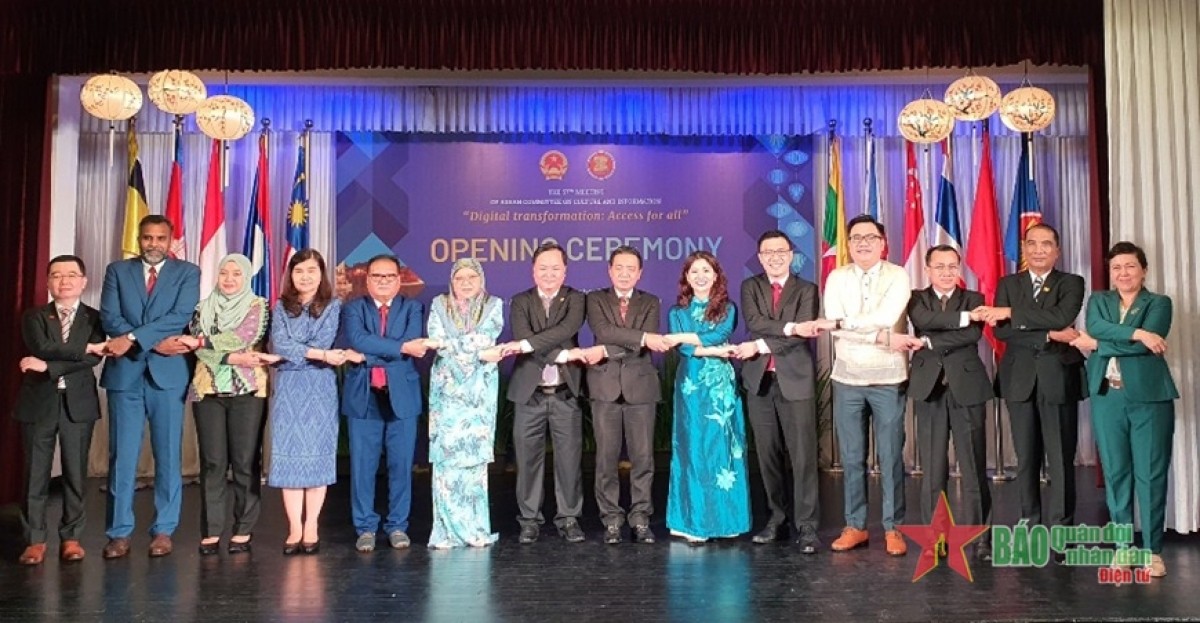Vietnam’s sovereignty over Hoang Sa, Truong Sa's exhibition comes to Quang Tri
 |
| The exhibition entitled “Hoang Sa, Truong Sa of Vietnam: Historical and legal evidence”. Photo: VNA |
On display are nearly 100 Atlases, 150 file photos on the two archipelagos, maps drawn by Vietnam and Westerns countries affirming that the two archipelagos belong to Vietnam, and China’s maps that do not include Hoang Sa and Truong Sa.
The exhibition confirms that Vietnam has established sovereignty over Truong Sa and Hoang Sa from an early time.
According to organisers, the event aims to raise public awareness and their sense of responsibility for safeguarding the country’s sovereignty over seas and islands, thus helping affirm Vietnam’s sovereignty over the two archipelagos.
The exhibition is part of the activities to raise awareness and responsibility of people in the safeguard of the country’s sea and islands sovereignty.
The communication campaigns on sea and islands over the time have greatly contributed to the country’s sovereignty on the East Sea, especially over the two archipelagos.
It is also expected to contribute to rejecting China’s groundless declarations over the two archipelagos as well as waters and islands of Vietnam.
The exhibition will remain open to visitors until the end of July 3.
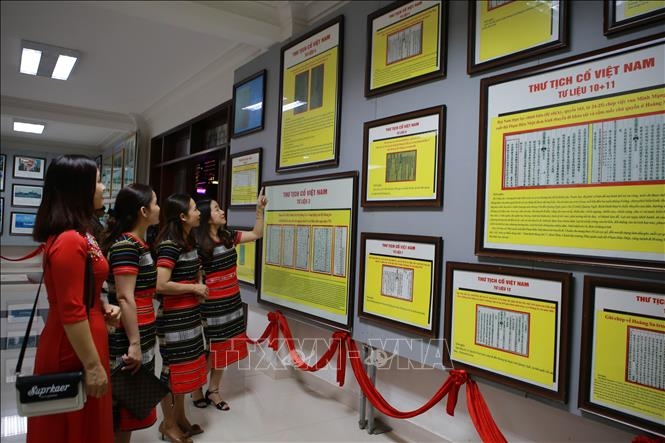 |
| Visitors to the exhibition. Photo: VNA |
China seized Hoang Sa archipelagos from South Vietnam by force in 1974, and has since been illegally occupying them.
In 2012 it built the so-called "Sansha City" with Phu Lam (Woody) Island as its seat, and has since built a runway capable of handling military aircraft and other supporting structures.
The so-called city also extends to a number of reefs in Vietnam's Truong Sa archipelagos that China seized by force in 1988 as well as the Scarborough Shoal, which is claimed by the Philippines.
Vietnam has requested China many times to stop its illegal actions, which complicate the situation and threaten peace and stability in the East Sea. Vietnam also sent a diplomatic note to the United Nations to protest China’s unfounded sovereignty claims over the East Sea.
According to the VOV, Vietnam has exercised its sovereignty over Truong Sa and Hoang Sa archipelagos throughout history, consistent with all international norms and laws regarding national territorial sovereignty. Evidence has been recorded in Vietnamese and Chinese historical documents through multiple feudal regimes and in many western countries, including France, Portugal, and Spain.
Numerous old documents and maps of foreign countries contain evidence of Vietnam’s sovereignty over the Hoang Sa and Truong Sa archipelagos. The most important event confirming Vietnam's claim of sovereignty over the two archipelagos occurred in 1816, when King Gia Long sent troops to hoist a Vietnamese flag in Hoang Sa archipelago. Lords of the Nguyen dynasty regularly sent missions to manage and exploit Hoang Sa and Truong Sa archipelagos.
Other Vietnamese feudal regimes organized Hoang Sa and Bac Hai naval fleets to exercise Vietnam’s sovereignty and exploit the two archipelagos. In 1884 the French administration in Indo-China continued to observe and strengthen Vietnam’s sovereignty over Hoang Sa and Truong Sa archipelagos./.
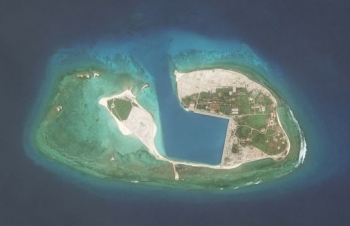 | Chinese aircraft landing at Fiery Cross Reef, Vietnam urges parties not to further complicate situation Given the current regional and international context, Vietnam urges parties not to take actions to further complicate the situation in the East Sea, stressed Foreign ... |
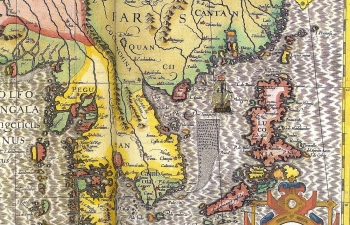 | Western navigators recognize Vietnam's sovereignty over Hoang Sa, Truong Sa archipelagoes Since the sixteenth century, Hoang Sa (Paracel) and Truong Sa (Spratly) islands had been acknowledged by Western cartographers and navigators as the territories of Vietnam. |
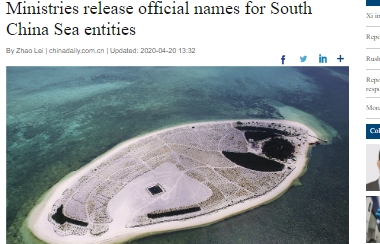 | China illegally releases official names for East Sea entities China has once again defied international law by giving names to 80 geographical features in Vietnam’s Hoang Sa (Paracel) and Truong Sa (Spratly) Islands in ... |
Recommended
 Seas and islands
Seas and islands
Vietnam Endorses Common Voice on Ocean Jurisdiction
 Seas and islands
Seas and islands
Dialogue as Key to Settling Disputes and Advancing Law of the Sea
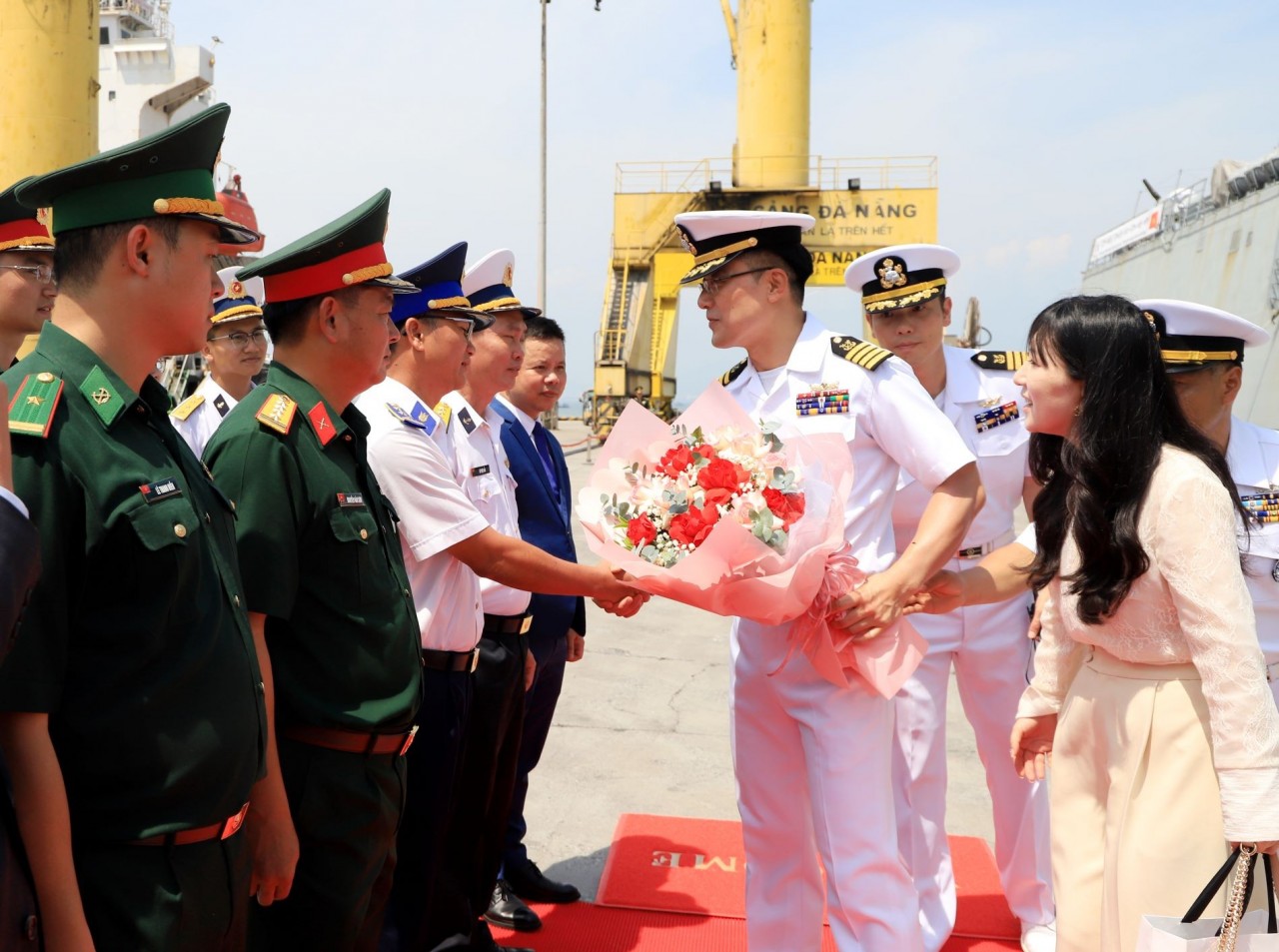 Seas and islands
Seas and islands
RoK Navy Ship Pays Friendly Visit to Da Nang City
 Seas and islands
Seas and islands
Naval Region 5 Promotes Reading Culture, Fosters Patriotism
Popular article
 Seas and islands
Seas and islands
Coast Guard Region 2 Command Hosts Philippine Coast Counterpart
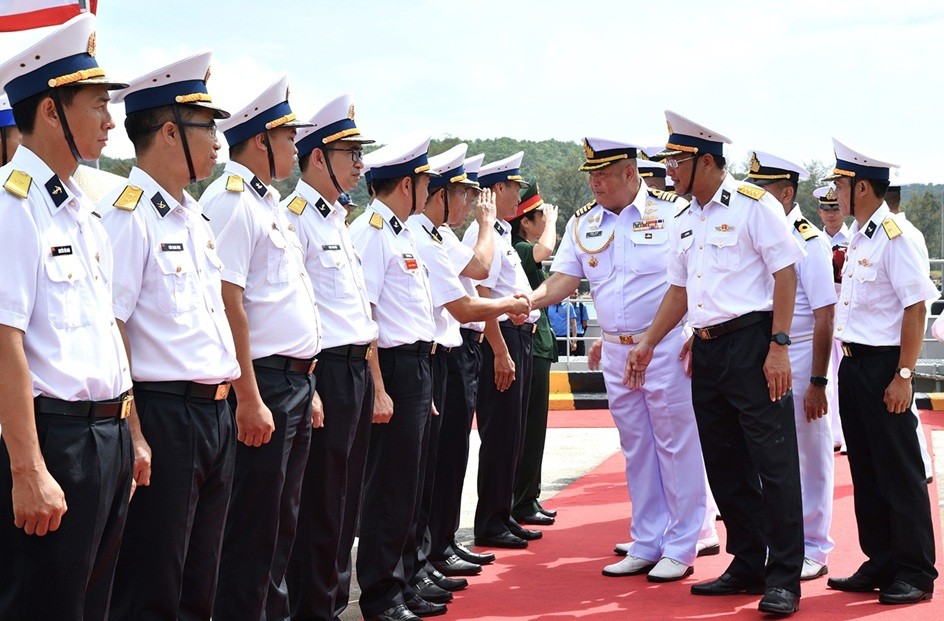 Seas and islands
Seas and islands
Vietnam - Thailand Navy: Coordination to Well Address Problems at Sea
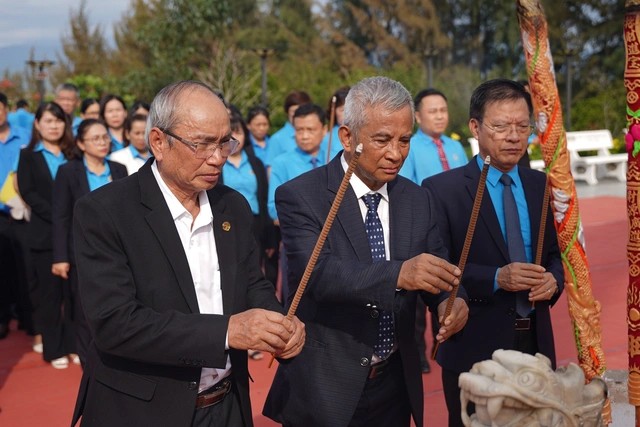 Seas and islands
Seas and islands
Honoring the Fallen: Incense Offering for the 37th Anniversary of Gac Ma
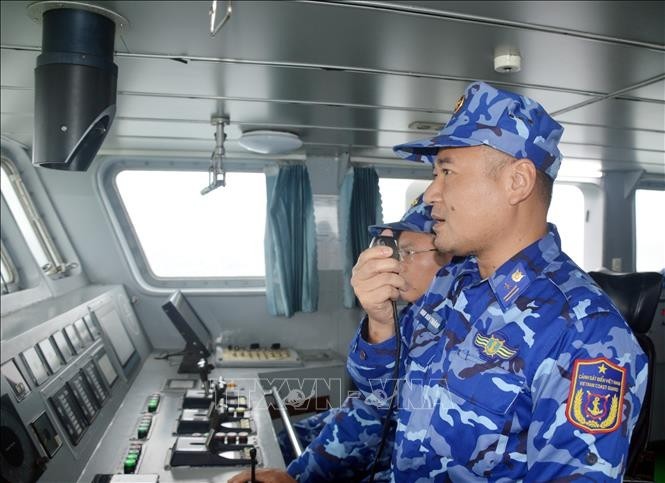 Seas and islands
Seas and islands

